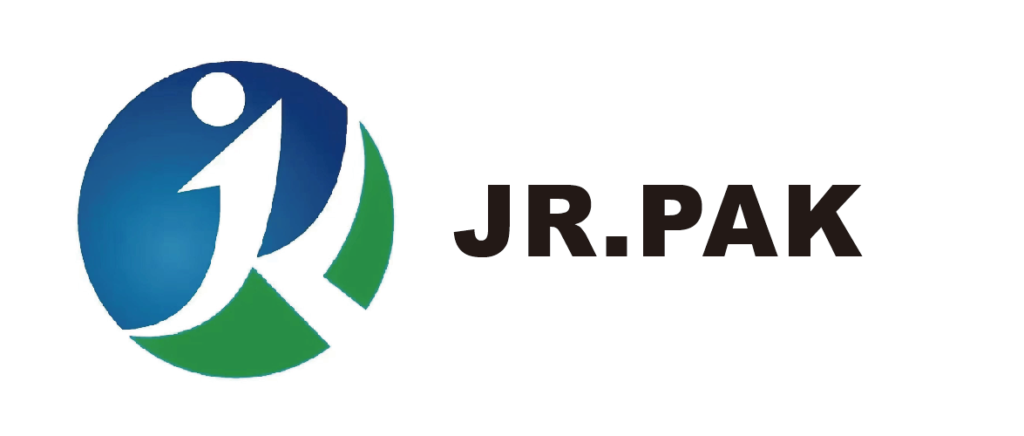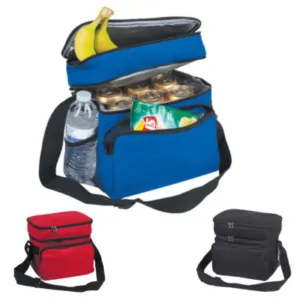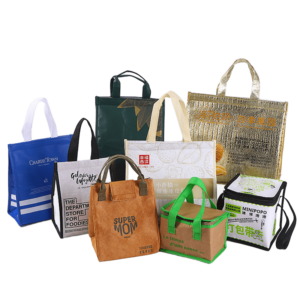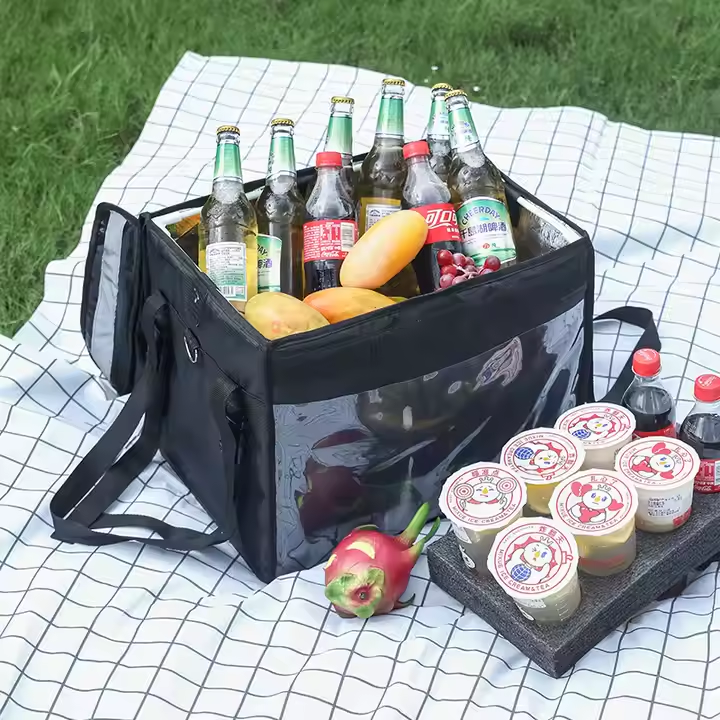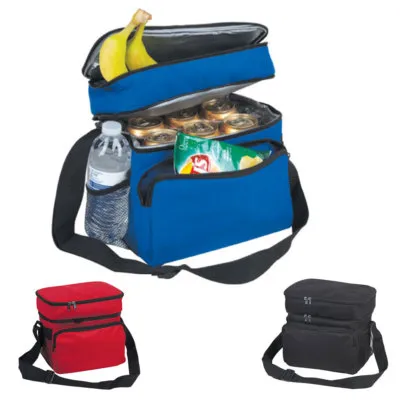As sustainability becomes a global priority, businesses and consumers seek packaging that reduces environmental harm. PP woven bags1 offer a compelling solution. This article explores five environmental benefits of PP woven bags, highlighting their role in reducing waste and supporting green initiatives.
5 Key Environmental Benefits of Using PP Woven Bags
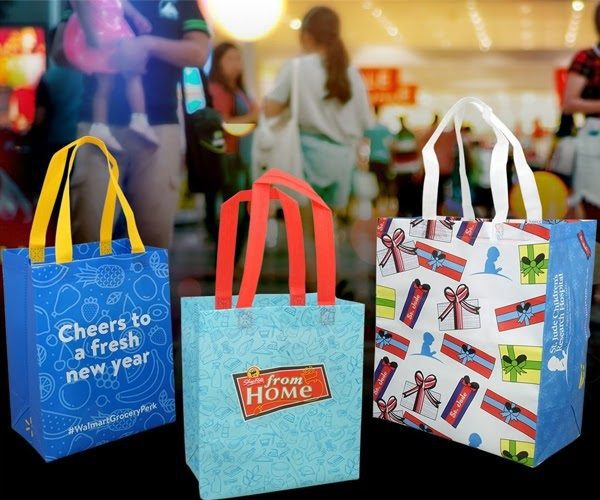
PP woven bags are reusable, recyclable, and lightweight, making them a sustainable alternative to traditional packaging materials with lower carbon emissions and reduced waste generation.
Learn how switching to PP woven bags can make a meaningful difference for your brand and the planet.
Recyclability
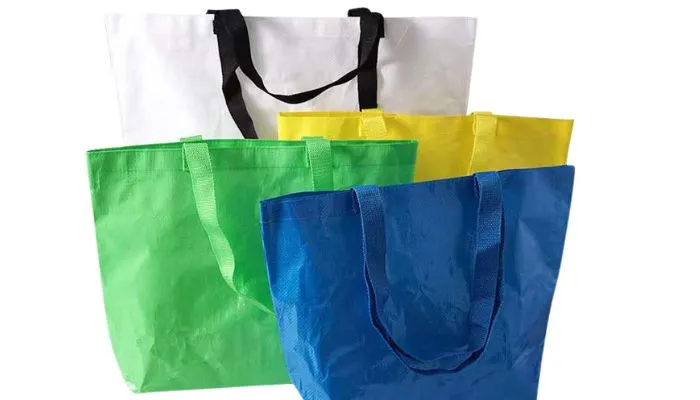
Recyclability makes PP woven bags ideal for businesses aiming to reduce plastic waste and promote a circular economy.
How Recycling Works
PP woven bags are made from polypropylene (#5 plastic), which can be collected, cleaned, and reprocessed into various products such as furniture, car parts, or new bags.
Circular Benefits
- Lowers raw material demand
- Cuts down landfill contributions
- Supports eco-branding for businesses
| Factor | Environmental Benefit |
|---|---|
| Recycled Material Use | Reduces need for virgin plastic |
| Post-Use Recyclability | Minimizes long-term waste |
| Industrial Reuse | Supports closed-loop systems |
Reusability
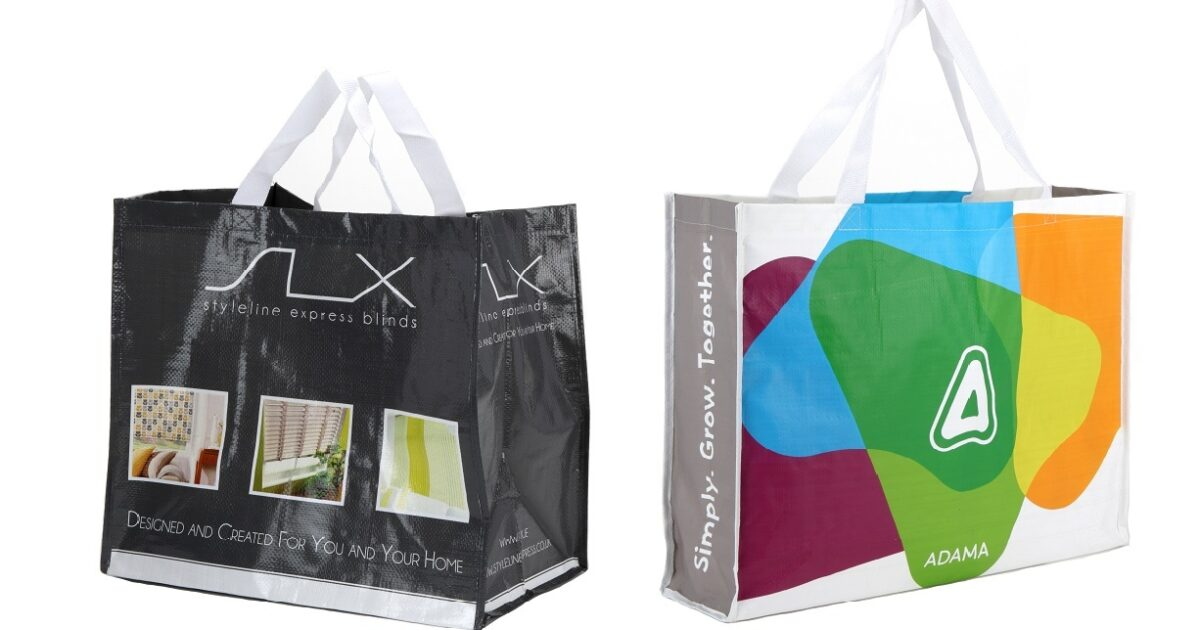
PP woven bags are built to last, allowing repeated use which directly decreases single-use plastic and paper bag waste.
Long-Term Use Cases
- Groceries
- Storage containers
- Promotional giveaways
Each reuse offsets the environmental cost of production and lessens daily plastic dependency.
Impact on Waste
- Extends bag lifespan
- Cuts down disposal rates
- Encourages consumer responsibility
| Feature | Result |
|---|---|
| High Durability | Reduces replacement frequency |
| Multipurpose Use | Promotes sustainability habits |
Lower Carbon Footprint Compared to Paper Bags

Compared to paper alternatives, PP woven bags consume fewer resources and emit less CO₂ during their life cycle.
Resource Efficiency
- Requires less water and fewer chemicals in manufacturing
- Produces fewer greenhouse gases
- More compact in transit
| Material Type | Water Use | CO₂ Emissions | Lifespan |
|---|---|---|---|
| Paper Bag | High | Medium | Low |
| PP Woven Bag | Low | Low | High |
Durability and Protection Reduce Waste
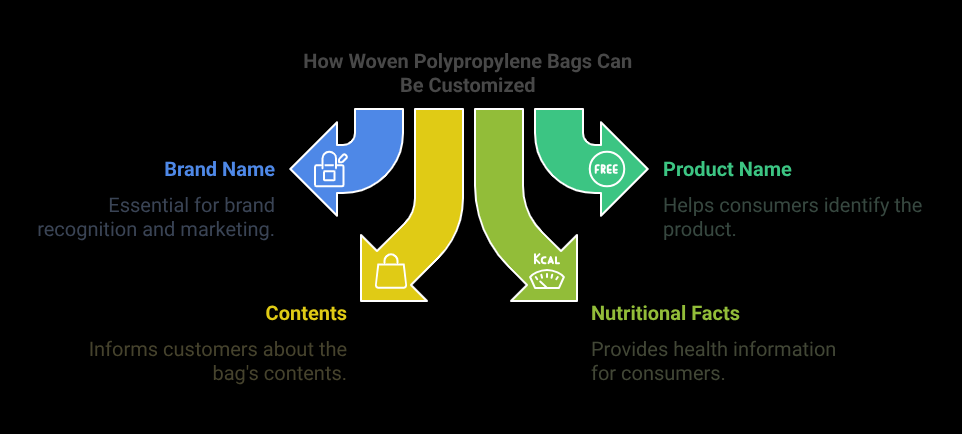
PP woven bags protect products better than most packaging, which minimizes loss and related waste.
Structural Benefits
- Water-resistant and tear-proof
- Safeguards goods during transit
- Low risk of spillage or breakage
Fewer damaged products mean fewer returns and less packaging waste.
| Strength Factor | Environmental Contribution |
|---|---|
| Tear Resistance | Less bag failure and disposal |
| Weather Protection | Prevents product spoilage |
| Sturdy Construction | Extends useful life of packaging |
Lightweight Nature Reduces Transportation Emissions
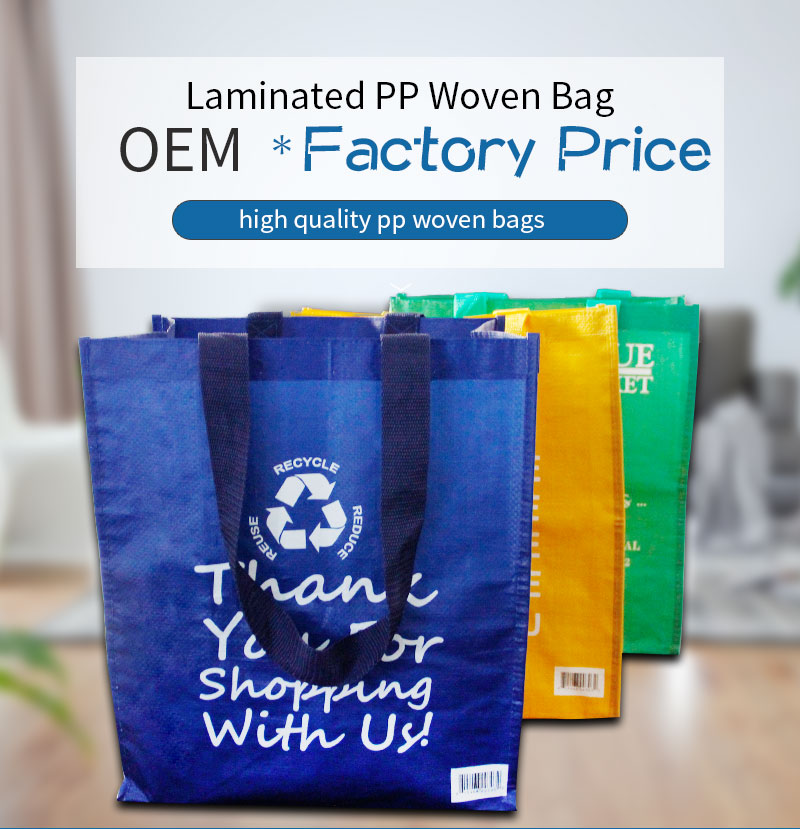
Lightweight design helps reduce fuel use in logistics, making PP woven bags more eco-efficient for shipping.
Transport Advantages
- Lower shipping weight
- More units per truckload
- Reduced fuel usage
This directly translates to lower CO₂ emissions and cost savings.
| Weight Class | Fuel Usage | CO₂ Output | Shipping Efficiency |
|---|---|---|---|
| Paper Bag | High | High | Low |
| PP Woven Bag | Low | Low | High |
Conclusion
PP woven bags deliver strong environmental benefits—from reducing landfill waste through reusability and recyclability2 to cutting emissions via their lightweight and durable nature. Businesses that adopt these bags demonstrate environmental responsibility and meet growing demand for sustainable solutions. At JiaRong Packing, we are proud to offer high-quality, customizable PP woven bags to support green packaging goals. What’s your favorite benefit? Let us know in the comments.
